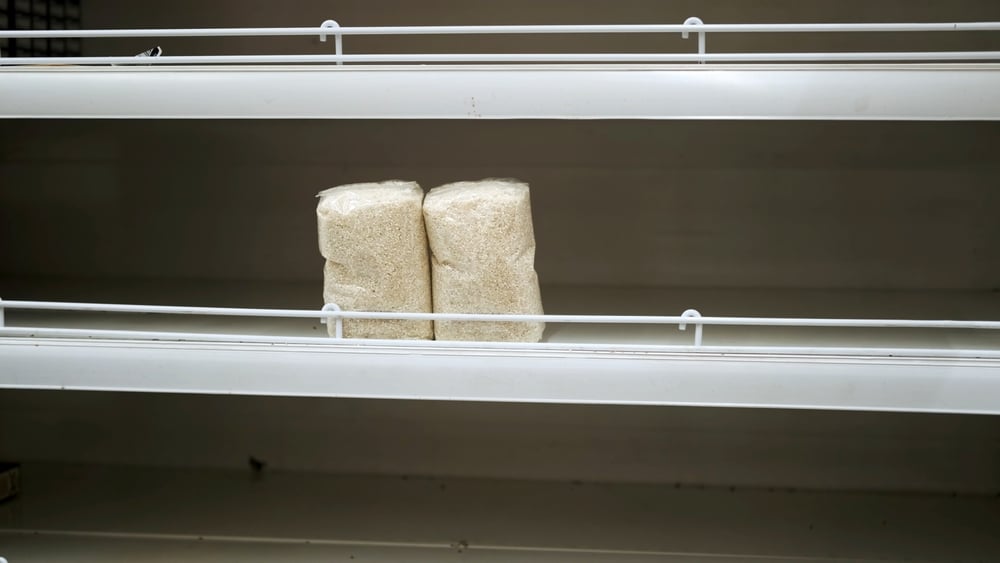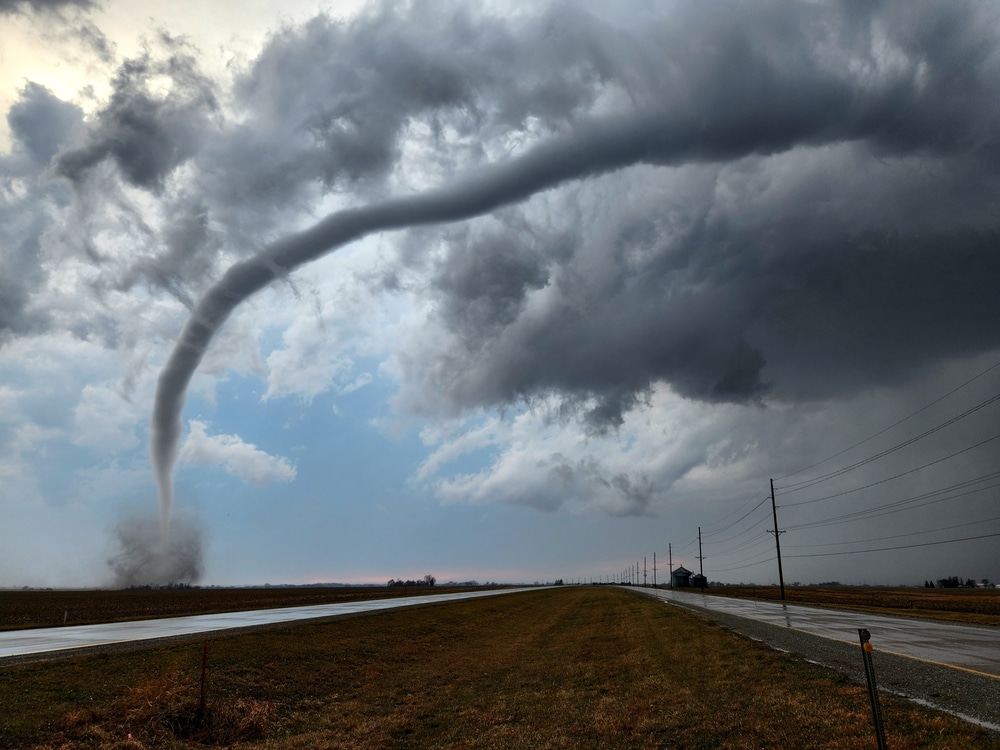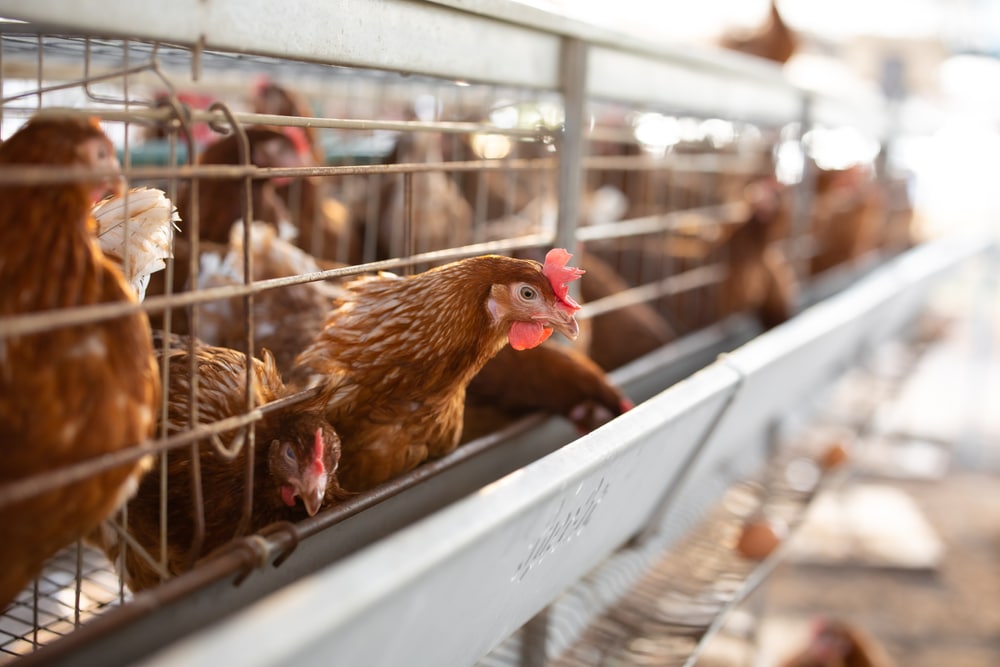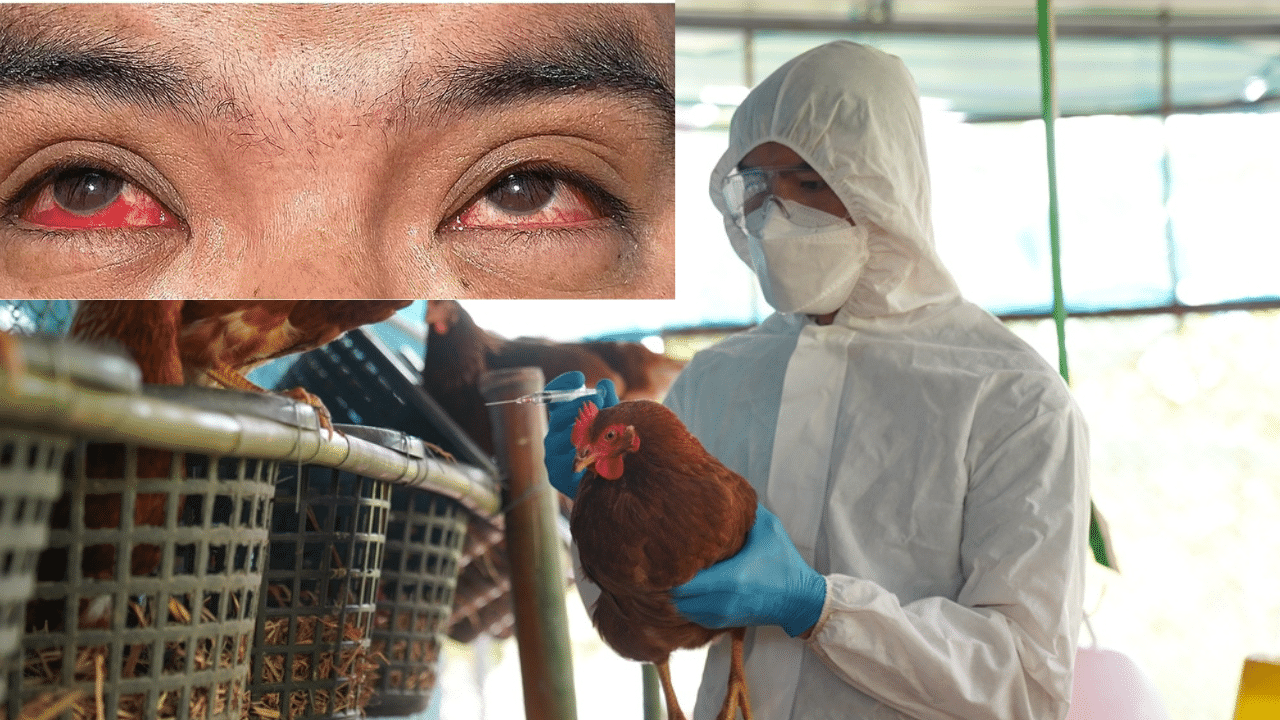The American West has been caught in the worst drought in more than a millennium for most of the past two decades, spurring farmers in businesses from tomatoes to alfalfa to cut output and change the way they do business.
But until this year, Northern California farmers who grow rice, one of the state’s most water-intensive crops, have largely been spared. In the system of water allocation run by the federal government, rice farmers hold some of the state’s most senior rights, meaning they have received much of their assigned water while other crops withered.
Record dry weather this past winter prompted federal officials to cut the amount set aside for rice—turning what normally in summer are lush green fields stretched along Interstate 5 north of Sacramento into parched brown expanses.
Rice farmers in Colusa County, 60 miles north of Sacramento, received 18% of the federal water shipments to which they are entitled, far less than normal and too little for many to grow the crop at all. “Even in a drought, rice farmers have been able to get a fairly high percentage of the water they had rights to,” said Tim Johnson, chief executive of the California Rice Commission. “Now they are experiencing drought at a level they’ve never seen before.”
California farmers sowed 285,000 acres of rice this spring, a 30% drop from the year prior and the lowest since the 1950s, according to a June estimate by the U.S. Department of Agriculture. That is the steepest decline for any major California crop this year, said Daniel Sumner, an agricultural economist at the University of California, Davis, who expects even lower plantings.
California typically produces about one-fifth of U.S. rice, most of it medium-grain Japonica varieties used in foods such as sushi and paella. Lower U.S. rice production has helped push the country’s rice exports down 16% in the first six months of this year compared with the same period in 2021, according to the USDA. Imports, the agency projects, will hit an all-time high in the 12 months ending in July.
Farmers’ income from rice in California totaled $1 billion in 2021, according to the USDA. Local farmers and officials say they are worried not just about the people who grow the crops, but about the businesses that sell them tractors and seed and store their crops before they are shipped domestically or are exported, primarily to Asia. “Farmers will farm again when it rains. The question is, will we have the businesses we rely on?” said Mr. Johnson. (WSJ)


















